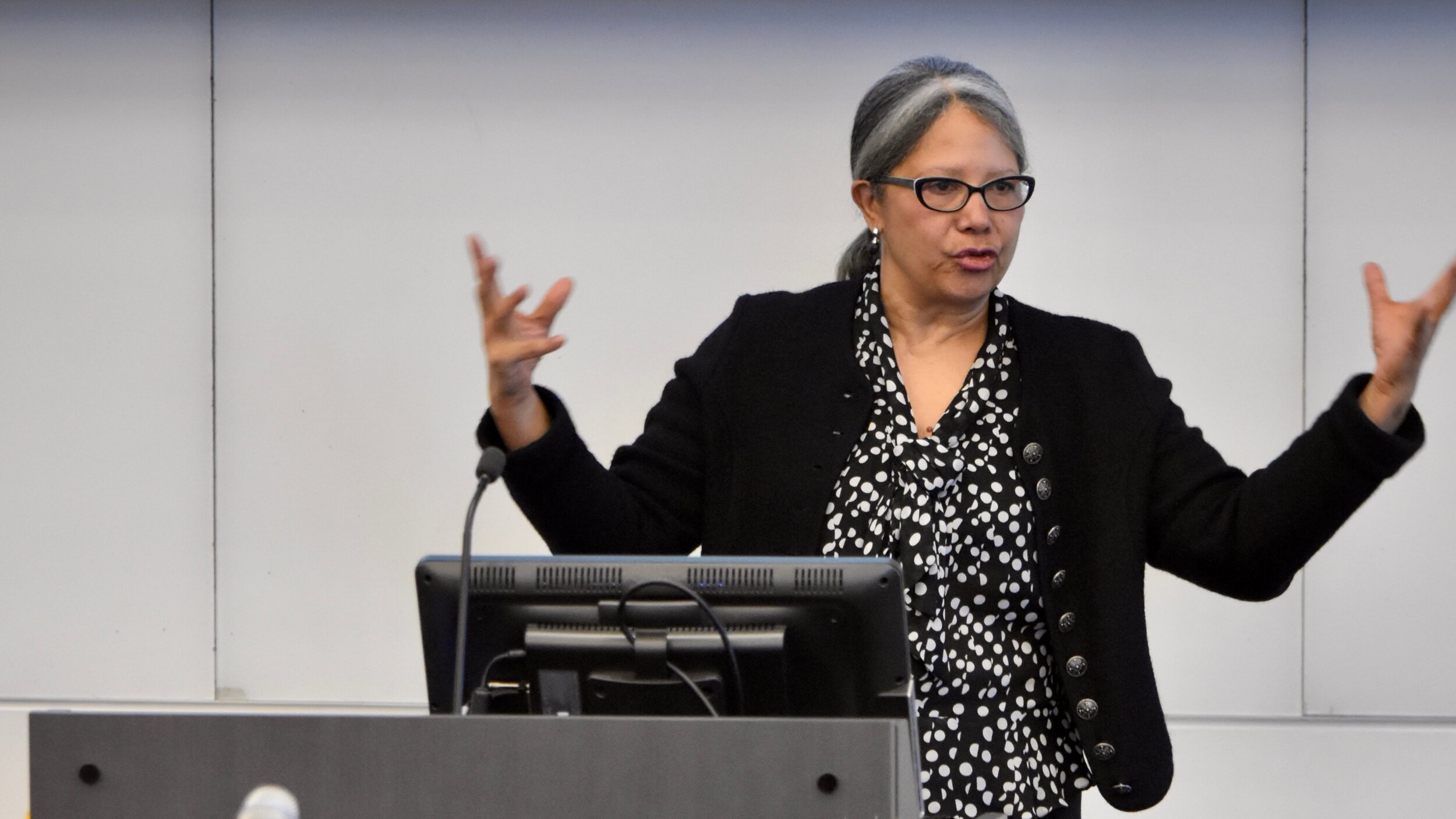Guest blog on HealthLawProf Blog:
Human trafficking inflicts significant physical, mental, and emotional harm on its victims. The health consequences are dramatic and, in some cases, even life threatening. Victims and survivors of human trafficking confront a range of health issues from physical injuries and sexually transmitted infections to PTSD, depression, anxiety and other illnesses.
Although human trafficking has received increased attention in recent years, responses to the problem remain rooted primarily in criminal justice frameworks. Law enforcement is necessary but not sufficient. Health care professionals can play a key role in addressing human trafficking.
Victims of human trafficking present at a wide range of health care facilities, including hospital emergency departments, community health centers, primary care clinics, school clinics, specialty clinics (e.g., obstetrics/gynecology, psychiatry), health department clinics, dental clinics, and other service providers. In an article on sex trafficking of children and adolescents published last month in the New England Journal of Medicine, Ellen Wright Clayton and I wrote that health care professionals can help identify at-risk and exploited youth, provide needed treatment to survivors, and ensure that these individuals are connected with appropriate services. These roles apply not only to assisting individuals trafficked into the sex trade but also in identifying and responding to labor trafficking victims. Recent research has reinforced the need to recognize and respond to all forms of trafficking. Labor trafficking, which frequently has been overlooked, implicates numerous industries and businesses, including hospitality and tourism, agriculture, construction, mining, fisheries, domestic service, hair and nail salons, and many others.
It is critical that health care professionals and health law attorneys recognize that the health sector provides an important opportunity for early intervention and even prevention. For example, a pimp who is exploiting a teenage boy or girl might still take that child to an emergency department for treatment for various ailments. Likewise, a rural community health center or pharmacy might be able to identify trafficked agriculture workers who otherwise are housed in remote areas that make it difficult to identify them. Health care facilities must develop evidence-based protocols to respond effectively in these and other situations. They must ensure that clinicians and others who might come into contact with human trafficking victims are trained to identify victims and respond appropriately.
Finally, this area is one in which medical-legal partnerships could offer significant benefits. Many human trafficking victims confront a host of legal issues and need assistance navigating systems and accessing services. Where partnerships exist already, health lawyers and clinicians would do well to explore how their medical-legal partnership could expand to account for human trafficking. Where partnerships have not yet been formed, the pressing needs of survivors of human trafficking might provide the impetus to forge collaborative working relationships among health care professionals and lawyers to better serve vulnerable populations.
First published on HealthLawProf Blog.




